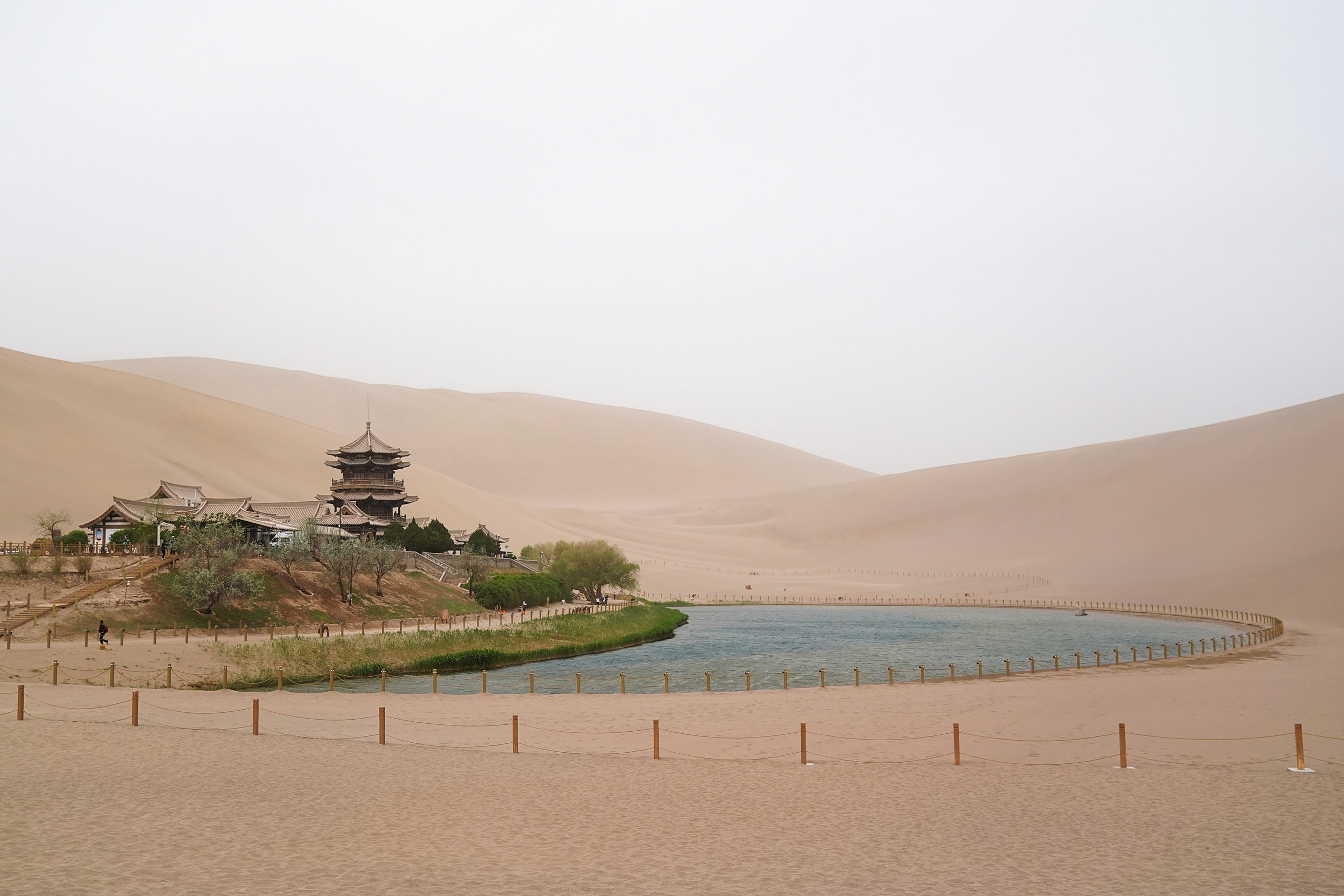SINGAPORE — It all starts with roads. Upon the conclusion of China’s civil war in 1949, China began a decades-long campaign to push westward into restive and contested terrain. Roads and railways began to inch westward along the Yellow River and through the narrow Gansu corridor, the ancient northern Silk Road passageway between the more inhospitable Mongolian and Tibetan Plateaus, into Xinjiang, land of the Muslim Uighurs, terrain labeled East Turkestan on many maps that depicted the Anglo-Russian maneuverings of the fabled 19th-century “Great Game.” By the time the Soviet Union collapsed in 1991, Chinese roads were well positioned to expand across once frozen Cold War borders and reshape the trade relations of the half-dozen newly independent Central Asian republics. China’s plan to win the new Great Game was to build new Silk Roads.
Throughout China’s turbulent decades under Mao Zedong, the same domestic power play was unfolding in Tibet. When Tibetans resisted the convulsive campaigns of the Great Leap Forward, their 1959 uprising was crushed and the Dalai Lama fled into exile in India. In the 1962 Sino-Indian war, China seized parts of India’s Arunachal Pradesh (which China considers part of “South Tibet”) as well as Aksai Chin, a disputed region in the western Himalayas abutting India’s state of Ladakh.
Buddhist Tibet and Muslim Xinjiang are China’s two largest provinces, yet they are mutually distinct cultural universes. The only thing that connects them is a road: the Western Highway, Highway 219, which goes through Tibet along the Nepali border, over Aksai Chin’s rugged passes and then descends into Xinjiang’s forbidding Taklamakan Desert.
In 1962, the construction of this highway kindled the first Sino-Indian War. In 2020, road-building again sparked a conflict between the two countries, this time in Aksai Chin. China claims it was responding to two changes India recently made to the decades-old status quo: First, declaring Ladakh a Union Territory directly governed by New Delhi (something people in Ladakh wanted), and second, building roads in disputed areas near the ambiguous Line of Actual Control that stretches from the Karakoram Pass, which connects China to Pakistan, and the shimmering blue of Pangong Lake, which extends from Ladakh into Aksai Chin and Tibet.
Are China and India fighting over a border, or over roads?

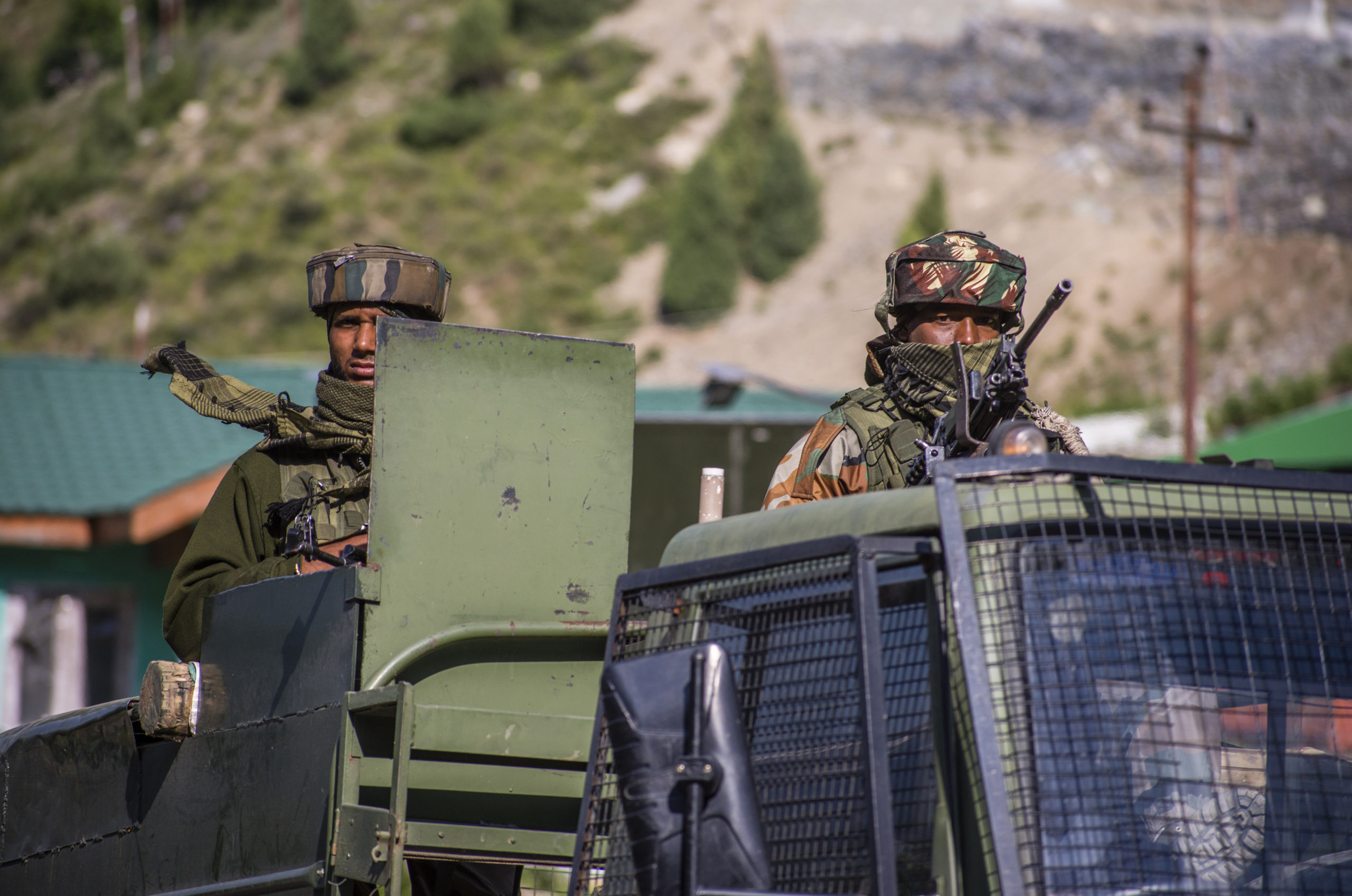
For the Romans, Ottomans, Russians and British, transportation infrastructure was an essential tool of conquest. It is no different for China today. In a world of mostly settled boundaries, China seeks to control infrastructure and supply chains to achieve leverage over its neighbors as well as carve through them to its destination: the oil-rich Gulf region and the massive export markets of Europe. From oil refineries and ports to internet cables, China is maneuvering for infrastructural access where it cannot dominate territory. Even where China shifts boundaries by force, the purpose is nonetheless to pave the way for its infrastructure. China is a mercantile power, not a colonial one.
When it comes to using roads and rails as instruments of power projection, China has gotten used to being the only game in town. Nobody builds roads faster or cheaper, at home or abroad, as Chinese construction crews. In 2006, it took me two months in the most rugged jeep available to drive the full length of the Western Highway, with a number of high-altitude near-death experiences along the way. Every day, I would encounter Chinese road crews hard at work, and army convoys fording rocky rivers and gingerly navigating slippery gravel mountainsides. Today, you could make the journey without raising your heart rate, though you might need oxygen at 16,000-plus feet of elevation.
China has actually had little choice in taking this approach. In the 1990s, it was militarily weak but economically surging. Around the time China joined the World Trade Organization in 2001, it suddenly found itself the world’s largest importer of raw materials as well as one of the largest exporters of consumer goods. Yet still, it was subject to the “Malacca trap”: Most of its trade passes through the narrow Strait of Malacca, the world’s busiest waterway, which it does not control. Building road and rail infrastructure across neighboring states was thus something of a defensive measure to reduce dependence on a single chokepoint. When China innocuously announced its aspiration to construct a “New Eurasian Land Bridge” in 2003, few took notice. But defense can quickly become offense.
“When it comes to using roads and rails as instruments of power projection, China has gotten used to being the only game in town.”
Borrowing from the Cold War paradigm, American analysts have long been focused on China’s military modernization to assess its geopolitical power. Until recently, many still held China to be only a limited threat in the western Pacific, and not at all beyond its immediate maritime periphery. Hence, it was not deemed a peer competitor. But China differs from the Soviet Union in fundamental respects. Whereas the Soviet Union was not integrated into the global economy, China is the top trade partner of more than 120 countries, and is now the largest international creditor as well. China’s main instruments in pursuit of its grand strategy have been connectivity projects, not military incursions. Rather than conquer colonies, China has sought to buy countries.
Still, by 2017, when China convened a gathering of nearly 100 countries for a Belt and Road forum, nobody viewed it as a purely magnanimous exercise. India boycotted the summit, as well as its 2019 edition, on the grounds that Chinese road projects such as the Karakoram Highway traverse Kashmir, which India claims in its entirety. Meanwhile, Prime Minister Narendra Modi also stepped up India’s pace in the infrastructure arms race, both in the east in Arunachal Pradesh (where China and India skirmished in 2017 over Chinese road-building activities) and in the west in Ladakh. In 2019, it completed a road from Leh, Ladakh’s capital, to the world’s highest gravel airstrip at Daulat Beg Oldi, less than five miles south of the Chinese border.
China certainly hoped that no one would dispute its checkbook diplomacy, nor its “use it or lose it” approach to planting its flag in disputed areas. But instead, a wide array of initiatives have emerged as a direct response to China’s Belt and Road to undermine and dilute China’s infrastructural prowess: the U.S. International Finance and Development Corporation, the EU’s “Asia Connectivity Initiative,” the EU-Japan “Partnership on Sustainable Connectivity and Quality Infrastructure,” the U.S.-Japan-Australia “Blue Dot Network,” the India-Japan “connectivity corridors” and myriad other coalitions. None of these existed even three years ago. Roads have always been the pathways of conquest; now they are the battlefield of competitive connectivity.
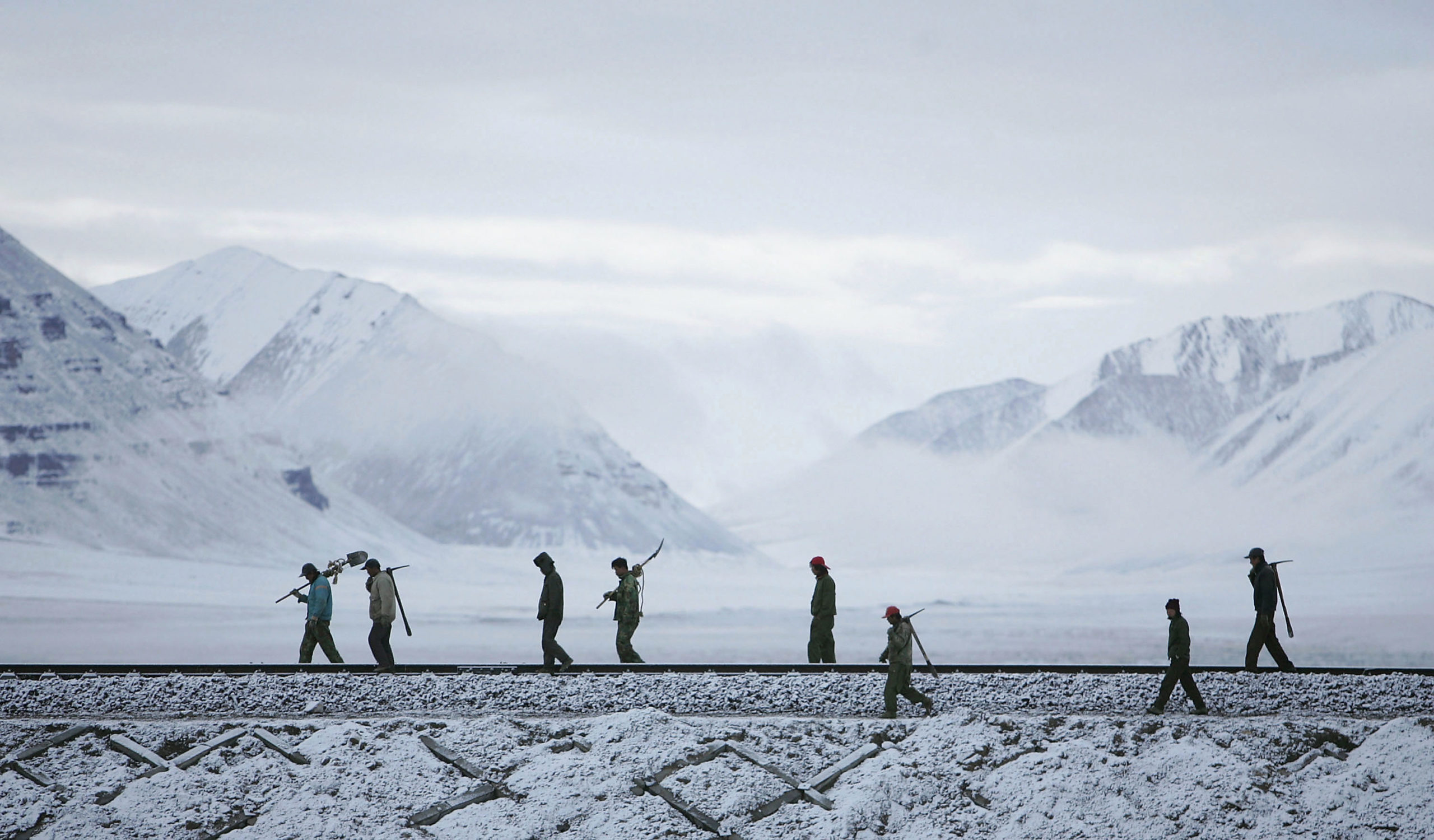
It has also taken just three years for China to go through the whole imperial lifecycle, from economic preponderance and strategic entrapment to widespread resentment and outright rejection. Whereas European colonial powers were able to practice divide-and-rule politics for centuries, and Cold War manipulation lasted decades, today’s world is largely defined by sovereignty and transparency. Governments are coming under fire for signing deals with unfavorable terms; the slightest rumor of commercial capitulation to China can bring down a government. Even in China-friendly Pakistan, Chinese nationals are often tracked. After centuries of colonialism and the Cold War — and enough leaders alive to remember both — no country wants to be a pawn again.
China’s leaders are presumed to play the long game, thinking several moves ahead. But in dozens of visits to Beijing, I have found my interlocutors unable to grasp this basic psychological fact. While many societies admire China’s success and are grateful for China’s role in their development, none want to be like China, nor be subservient to it. It’s an argument that’s fallen on deaf ears in Washington, too. And as with America’s experience of benevolent nation-building, China’s policy of intimidating neighbors into feebly muting their own interests has predictably backfired.
There was a time not too long ago when China was big yet still largely unnoticed in the global strategic calculus. Throughout the 1990s and 2000s, China’s focus on commercial cooperation and non-interference in politics paid off. It managed to simultaneously have good relations with pairs of rival states across the globe: India and Pakistan, Saudi Arabia and Iran, Kazakhstan and Uzbekistan, Brazil and Venezuela. It even provided tacit aid and other lifelines to America’s designated “rogue states” such as Cuba, Sudan, Syria and North Korea. Bogging down the adversary while moving stealthily towards one’s objective has been an axiom of Chinese diplomacy for generations. But there is little stealth anymore in China’s land grabs, island-building and wolf-warrior diplomacy.
“Many societies admire China’s success and are grateful for China’s role in their development, but none want to be like China, nor be subservient to it.”
With China’s suppression of information about the coronavirus painting it into a corner, Beijing no longer feels it has anything to lose and is going for broke: moving on Taiwan, Hong Kong, the Senkaku Islands, India’s borders and other disputes while the rest of the world is off-kilter, girding itself for a new Cold War with America. China’s leadership has convinced itself that West-leaning powers seek to encircle it militarily, splinter it internally and destabilize the Communist Party. This is the classical psychological spiral at the heart of any security dilemma in which each action taken by one side elevates the perceived insecurity of the other.
A repeat of the Cold War would surely not play out as favorably for the U.S. as the last one. America is politically polarized and is the world’s largest debtor nation. Its most recent major wars have been disasters and its military needs time to rebuild and adjust to new adversaries and tactics. And many of its erstwhile allies from Europe to Asia are far more vested in China than America is and don’t trust it to lead a consensus-based global coalition. Furthermore, China is the world’s most populous nation (almost five times the Soviet Union at its peak), is effectively the world’s largest economy and is already an enormously sophisticated technological power. Lastly, unlike the Cold War in Europe, China has home-court advantage in Asia.
What the U.S. and Europe do have in their favor is that they are territorially secure while China is not. China has 14 neighbors, all of which harbor deep suspicions of its motives even as many (especially Russia) cooperate with it. Small and vulnerable states have always welcomed America’s strategic presence: Israel, Kuwait, Qatar, Kurdistan, the Baltic nations, Mongolia and other prisoners of geography tend to want more America, not less. Yet American strategists have been far more fixated on China’s presence in Africa and South America rather than developing a comprehensive strategy for reassuring China’s neighbors and supporting their own efforts to stand up to it. More than any other measure, this could decisively shape China’s trajectory in the decade ahead.
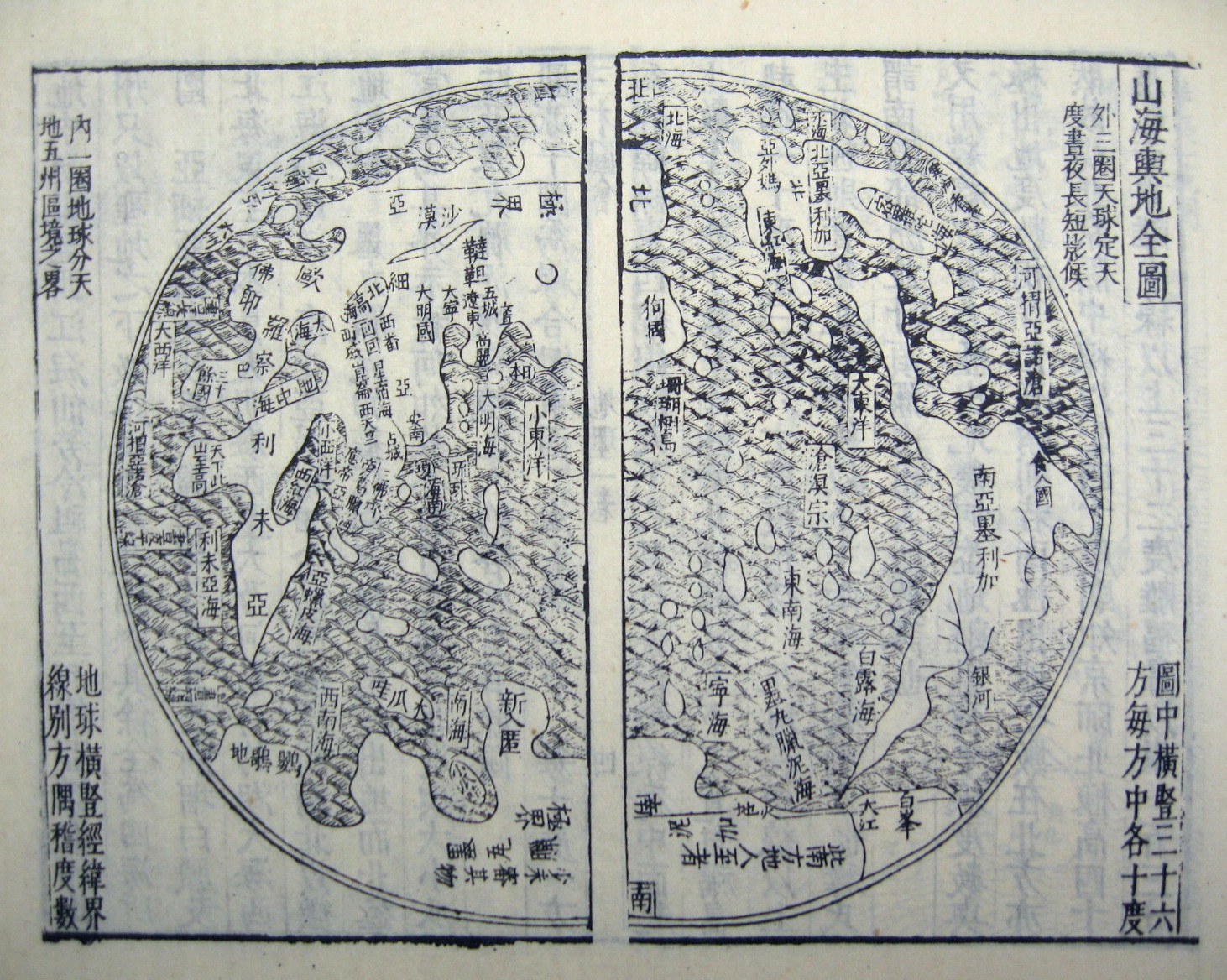
“A repeat of the Cold War would surely not play out as favorably for the U.S. as the last one.”
Recent American measures make clear it is taking a firm stand to pressure China in its own domain. The U.S. has rescinded Hong Kong’s special status, is selling more arms to Taiwan, stepping up freedom of navigation operations in the South China Sea, sanctioning Chinese officials involved in Xinjiang’s labor camps, blocking American pension funds from investing in China’s bond and equity markets, forcing Chinese companies to delist from U.S. stock exchanges and seeking to near-shore production of key industries out of China.
But a similar slate of measures is needed that generates strength in numbers among China’s many smaller and weaker neighbors. Despite the immense economic leverage China has accrued vis-a-vis the many states along its perimeter, it is the complexity of having so many neighbors that constrains China more than its increasingly sophisticated military arsenal suggests. Maintaining global influence is much harder when you are fighting a 14-front war in your own neighborhood.
Along its vast periphery, China must learn that “victory” on one front means backlash on others. Seizing territory from India or Vietnam should embolden Mongolia and Kazakhstan to defer projects that strengthen China’s hand. It is not a coincidence that when Sri Lanka ceded operation of its Hambantota Port to China on a 99-year lease in 2017, countries from Kenya to Pakistan to Myanmar made moves to scale back their exposure to Chinese lending to avoid a similar fate. These simultaneous awakenings are not a coordinated containment strategy, but they are an essential pillar of one.
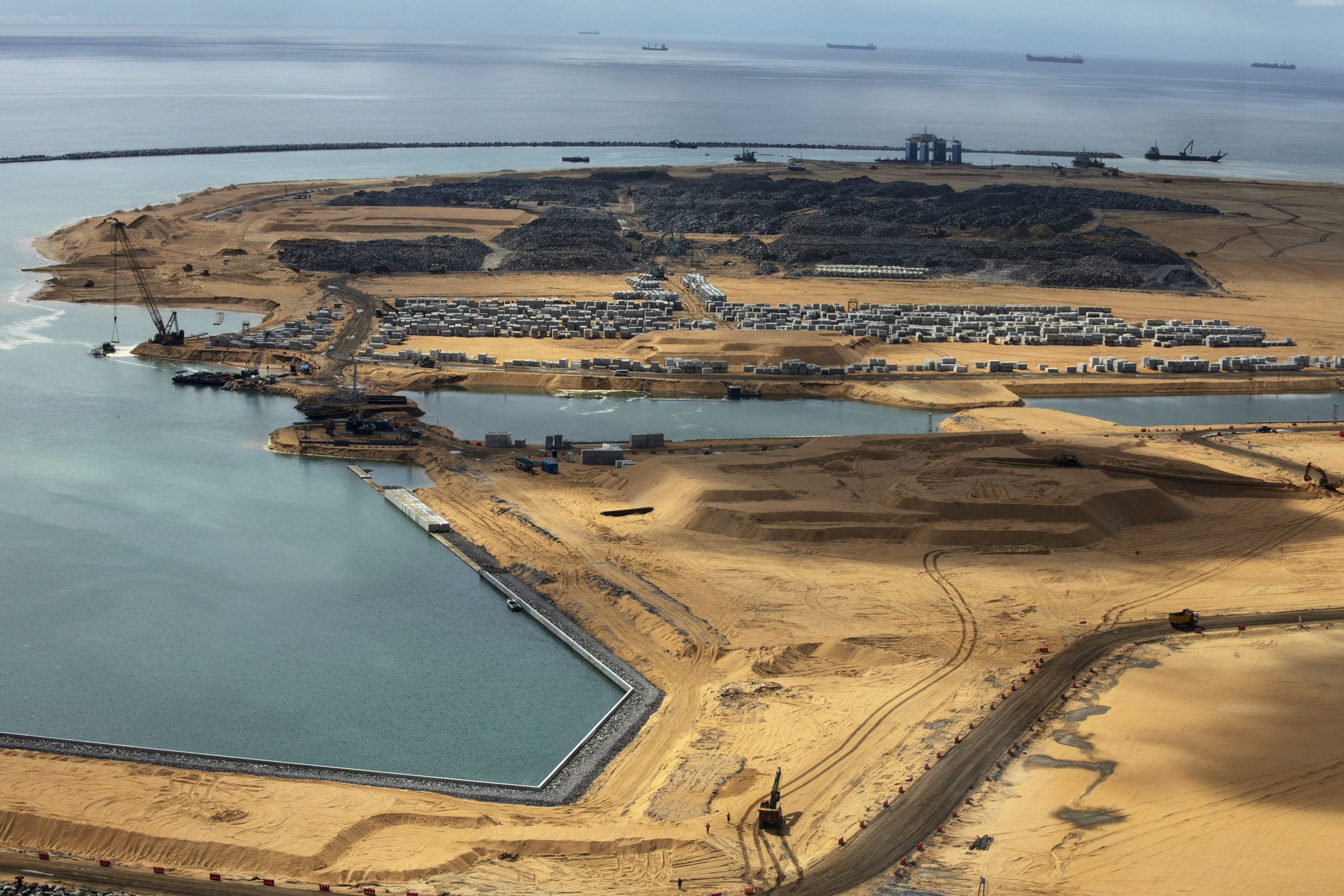
China is both a terrestrial (“heartland”) power as well as a maritime (“rimland”) one, so its neighbors include its proximate littoral ones. Owing to America’s naval preponderance on the world’s oceans, this strategy has evolved considerably more quickly. From Malabar to Pearl Harbor, the U.S., Japan, Australia, India and numerous other countries have been deepening their coordination in the Indo-Pacific maritime domain. The “quad” coalition features joint strategic patrols and hardware support for the navies of Vietnam, the Philippines and Indonesia in the South China Sea. This summer, ASEAN foreign ministers finally graduated from their usually limp communiques watered down by Chinese pressure and reaffirmed that the U.N. Convention on the Law of the Sea must be the basis for arbitrating maritime disputes.
The delicate balance that lies ahead involves both acceding to some of China’s grievances and actions while also convincing Beijing that it has much more to lose should it continue down the path of imperial overstretch. History shows that it is wiser to settle borders than to fight over them. Boundary agreements are rarely perceived as fair by both sides, yet such settlements have the virtue of enabling counties to mature towards functional cooperation.
There is much more that can be done to strengthen China’s neighbors at its expense. More companies should divert supply chains to Southeast Asia, India and Central Asia, making only in China what they sell in China. Capital continues to pour into China as it lifts foreign ownership caps in financial joint ventures and other areas; the rest of Asia deserves the same as countries from India to the Philippines privatizes assets, liberalize capital accounts and build new national champion firms. Amazon, Facebook and Google’s large bets on India’s e-commerce, mobile services and AI sectors, respectively, speak to this enormous potential.
“Beijing has much to lose should it continue down the path of imperial overstretch.”
Furthermore, the U.S. must recommit to the Trans-Pacific Partnership trade agreement that will boost Southeast Asia’s exports, while working with governments such as Vietnam and the Philippines to strictly prevent Chinese firms from using them for mere relabeling of their products bound for the U.S. Europe trades much more with China and Asia than the U.S. does, and should more quickly pursue free trade agreements with India and Southeast Asian countries on the model of its existing FTA with Singapore and the newest one with Vietnam. Through the aforementioned rival initiatives to China’s Belt and Road, they could also much more efficiently deploy and disburse loans and credit bilaterally and via the Asian Development Bank to wean countries off Chinese debt. What China does not finance it cannot lay claims to in the event of default.
Such moves are more important now than ever. Precisely because the U.S. and EU have imposed such stiff restrictions on Chinese investment, China has redirected its outbound capital portfolio ever more towards its more proximate Asian domain. And in the wake of the COVID-19 crisis, once fast-growing countries face capital outflows and weak global demand amid ruptured supply chains. The West may be squeezing China out of some markets, but China’s balloon is inflating across Asia as it lowers tariffs on all its Belt and Road trading partners. The U.S. and U.K. plot to convert the moribund G-7 into a “D-10” of democracies, including Asian powers India, Japan, South Korea and Australia, is a timely step to offer an alternative. The focus on building strong innovation and commercial linkages across members in areas ranging from 5G and the “internet of things” to pharmaceuticals and medical devices will also benefit countries from Kazakhstan to Vietnam that have the natural resources and human capital to contribute to thriving biotech and manufacturing activities, but won’t cede control of their companies to China.
China’s weakest neighbors also need much more reinforcement. Western diplomacy was crucial to pushing Myanmar in a more democratic direction a decade ago, but commercially, China still rules the roost because Western governments aren’t backstopping risky investments. Laos and Cambodia, two of Asia’s poorest countries, have become all but wholly owned subsidiaries of China, even as China’s Mekong River dams have ravaged their agriculture through volatile water flows and chemical pesticides. With stronger technical and diplomatic assistance, these countries could demand that Chinese investments reinforce their sustainability and local businesses.
Asia’s neighbors should use China’s playbook against it. For the past four decades, China has risen through a combination of foreign investment coupled with mandatory joint ventures, technology transfers and massive subsidies to domestic industries. Now it is time for Asia’s next wave of developing nations across South and Southeast Asia — 2.5 billion people, and all demographically younger than China — to do to China what China did to the West: absorb, learn, copy, innovate, resist. After all of this is done, China will still be China, but it will be somewhat more dependent on good relations with its neighbors rather than only its neighbors being dependent on its goodwill.
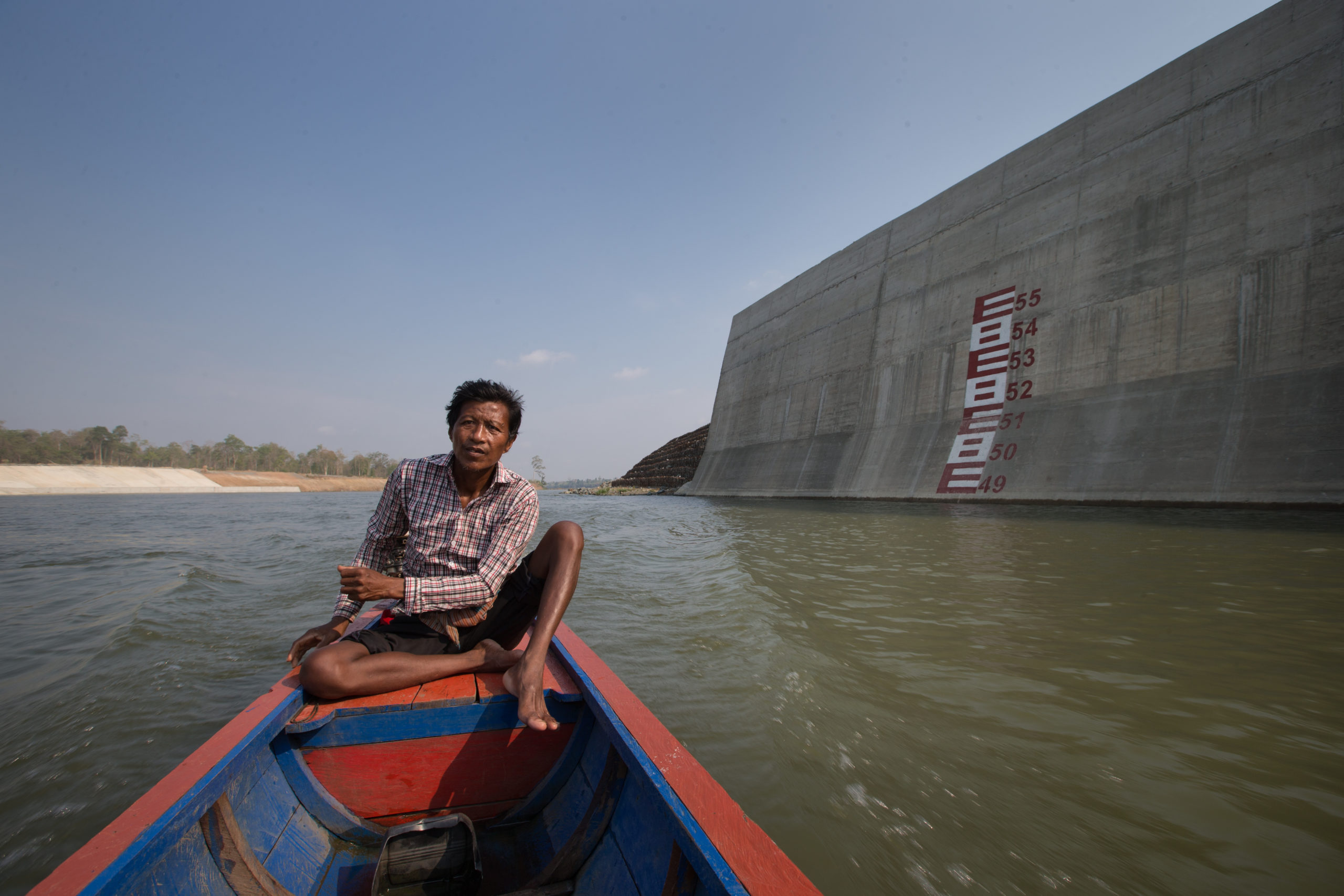
It was always going to be an uphill battle for China to be perceived as a benevolent superpower. Unlike America or the European Union, China is wholly unconvincing as a multiethnic empire. It systematically squelches diverse identities rather than elevating them. Furthermore, though China is an ancient and rich civilization, it coexists with other Asian civilizations with equally respectable glory. None will ever bow to the others, as Japan learned the hard way in the 20th century. Every time China gains an inch of territory, it loses a yard of credibility. The essence of geopolitical stability is equilibrium, and the pathway to it follows the logic of reciprocity.
China’s assertiveness signals neither an inevitable new Cold War nor a new unipolar hegemony. Rather, it is one phase in Asia’s collective story and the global shift towards multipolarity.
There is a lesson for America, too. Both the left and the right have fallen into line behind the view that China’s rise presents the world with a stark choice between worlds led by the U.S. or China, or a new Cold War between them. But clearly, this is not what the rest of the world wants. The greater agenda that countries deeply suspicious of both America and China can agree upon is the preeminent importance of preserving equilibrium on the Eurasian continent.
Never has Eurasia been ruled by a single hegemon. The Mongols came closest 700 years ago, but the 14th-century Black Death fractured its disparate khanates, and the Silk Road fell idle. Today again, a pandemic has emerged from China, but rather than shut down the Silk Road, we should build many more of them among dozens of Eurasian nations rather than in and out of China alone. All roads need not lead to Beijing.

